13 True Stories That Prove the Most Stunning Twists Come From Real Life

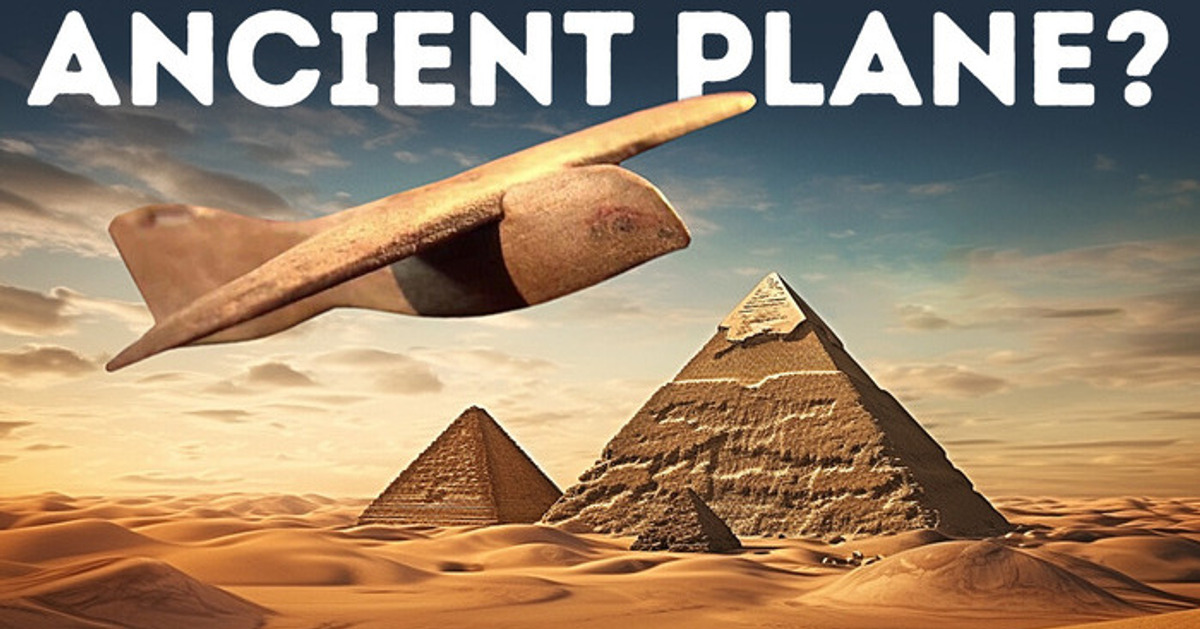
It’s 1898, and you’re taking part in excavations in Saqqara. This place not far away from Cairo is full of ancient tombs and pyramids. You’re in your Indiana Jones mood and hope to find something really phenomenal and become famous. Gold, manuscripts, treasure maps, mummies of famous pharaohs... wait, a wooden bird? You’re really disappointed as it looks like a regular toy. An old one, but still. Little do you know that years later, someone would propose that your bird was actually an ancient monoplane.

So, the artifact, nicknamed the Saqqara Bird, is made of sycamore tree. The birdie has a wingspan of just 7 inches and weighs around 40 grams — a perfect original souvenir from Egypt, I would say. It’s over 2,000 years old and looks pretty plain, without any carvings of feathers or other intricate ornaments. It has a beak and eyes, though, which makes our find look like a hawk — the emblem of the deity Horus. Its tail is rather unusual as it’s squared, looks weirdly upright, and it seems like the sunken part of it was the place for a now missing piece.
Humans love solving a good mystery, so there have been several attempts to explain the use of the birdie. First, quite simply, is that it was a ceremonial object. The second idea is that it was a toy for a child from some well-off family. It could have been a sort of boomerang, which was a popular concept in Ancient Egypt. Then, there was a theory that the bird had been used as a weather vane. But this one has been debunked as the figure doesn’t have any holes or markings, except for the one made at the museum in Cairo to fix the exhibit on a stick. So there was no way to hang it in the past.
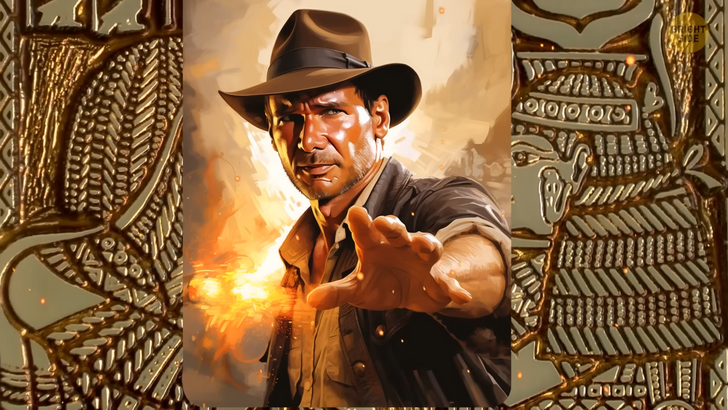
Almost a century after the bird was found, Egyptologist Dr. Khalil Messiha proposed a new theory that it could have been a model of a monoplane. He believed the bird was missing a horizontal tailplane. Otherwise, it had its wings set at a right angle, similar to that of modern planes. It could have worked to generate the aerodynamic lift necessary for flights. Dr. Messiha also claimed that it was common at that time to place miniature models of technological inventions in tombs.
So, did the ancient Egyptians really invent the plane in 200 BCE? That would make the Wright Brothers, who are considered the inventors of aviation, really, really upset. They made one of their first flights only in 1903. There’s just one way to know for sure, and that is to test the model. But you know, the Egyptian Museum in Cairo would unlikely let one of their cherished exhibits fly around like a toy. That’s why glider designer Martin Gregorie built a similar model, this time of balsa wood, and concluded that even with the missing tailplane, the plane wasn’t much of a flier.
Case solved? Not really! This didn’t sound convincing enough to the History Channel, so they invited an aerodynamics expert to build another replica of the bird. He tested it in weather conditions similar to those in Egypt and was impressed with the little plane’s abilities. So, if they did invent the prototype of a plane back in the times of pharaohs, it would be a good example of an Oopart. That’s an out-of-place artifact, an object that’s way ahead of its time in terms of technology or history. And the Saqqara Bird isn’t the only example of such a revolutionary concept.
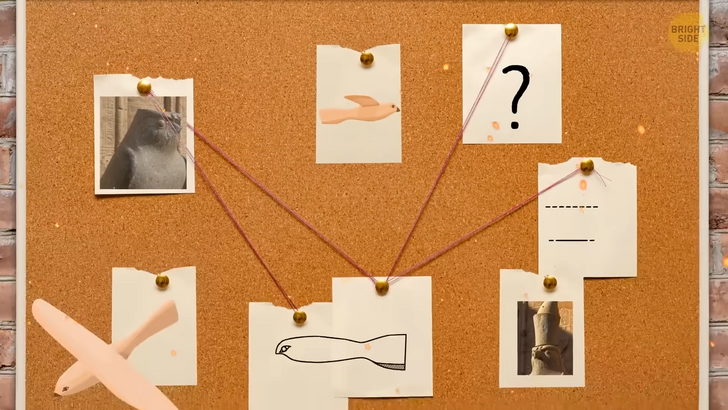
In 1901, a group of divers retrieved the Antikythera mechanism from an underwater shipwreck near the Greek island of Antikythera. It’s been dubbed “the world’s first analog computer,” and it’s currently dated around 100 BCE. The bronze mechanism could tell the positions of the Sun, Moon, planets, and stars, as well as the lunar phase, the dates of upcoming solar eclipses, and even the speed at which the Moon moves through the sky. No one is sure who used it and how or where it was made. But it’s obvious that it is extremely precise and way too advanced for its time.
The first flushing toilets in the world were invented in the middle of the 20th century. Just kidding! The ancient Minoans on the Mediterranean island of Crete and the Indus Valley Civilization both came up with this brilliant invention at the same time, around 4,000 years ago. The plumbing and sanitation were so well-done that no one managed to design anything better until two thousand years later. One ancient Minoan lavatory was discovered at the palace of Knossos. It looks like it had a wooden seat set over a tunnel that directed water from a rooftop reservoir to an underground sewer. Other varieties got water from jugs. Only the super-rich people could afford all this glory. So if you wanted to shop for real estate back then, the flushing toilet would be a tell-tale sign you were in the rich neighborhood.
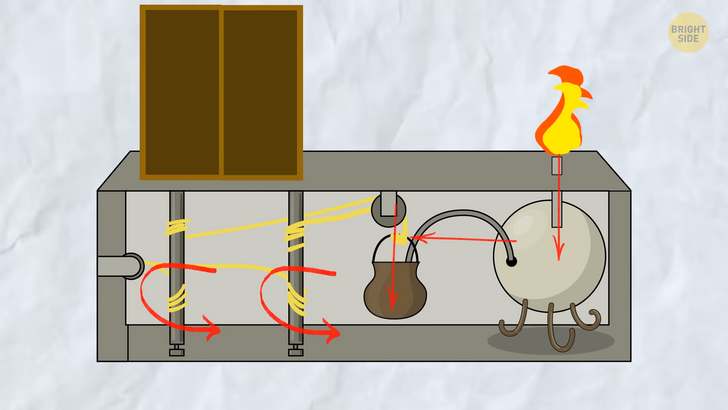
Automated doors became a cool, seemingly new invention back in 1931, but the technology behind them is actually much older — think the 1st century CE old. Mathematician and engineer Heron of Alexandria came up with a hydraulic system to open and close temple doors. To bring it into action, you’d need to light a fire to produce heat. There was a brass pot under the fire, half filled with water. The inventor connected the brass pot to containers that acted as weights. When the fire was burning, the water moved into the containers. They went down and pulled the ropes. It was nothing like a supermarket door that opens in front of you before you even have time to think. Heron’s door took hours to open, and there was no way to stop the process. That’s why they only opened the doors once a day before people entered the temple to add some mysticism at the temple during ceremonies. Spooky!
Looks like the first-ever battery was invented in Baghdad around 2,000 years ago. A German archeologist found this oval-shaped clay jar in 1938. Scientists are still not sure what purposes it served and who exactly invented it. There is a theory that it was used for electroplating objects with precious metals. When they filled it with a weak acid, like vinegar, the battery produced around 1 volt of electricity. Another theory says it was a vessel for sacred scrolls.
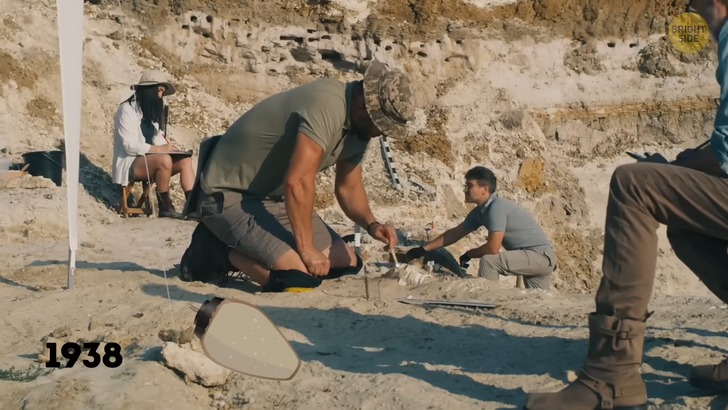
Would you like to buy contact lenses designed by Leonardo da Vinci himself? In 1508, he invented a glass lens with a funnel on one side. You were supposed to wear it and our water inside to improve your vision. Sounds a bit... uncomfortable, doesn’t it? So, around a century later, French scientist René Descartes decided to improve the idea and make the cornea contact the future lenses. “Contacts” because they “contact” your eyes — get it? The glass tube filled with liquid did help improve vision, but blinking was sadly impossible.
2,5 centuries later, new technologies in the glass industry let scientists design contacts that would fit in the eye and even let the wearer blink — thanks, guys! Still, those lenses were made of heavy-blown glass and didn’t let the eye breathe. About 50 years later, contacts became plastic, lightweight, unbreakable, and scratch-resistant, but still covering the entire eye. And then, in 1948, an English optical technician accidentally sanded down a plastic lens and figured out they’d still be in place even if they covered only the cornea.

Imagine you’re living in 19th-century London and need to send a message to New York. It would have taken it about 10 days to get there by ship. So when delivery time went from days to hours in 1858, it was a true sensation. The first message was sent by Queen Victoria herself. It was all made possible thanks to a Transatlantic telegraph cable running under the ocean. Sadly, the new cool invention only lasted a few weeks. It took years to bring it back to life.











